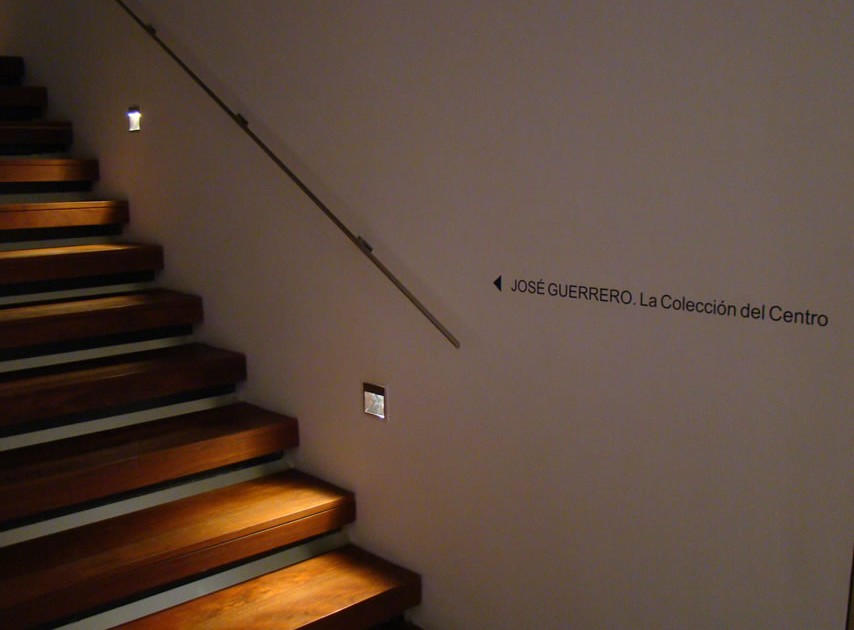But it was his move to the New Continent that gave a different character to Guerrero’s work, as his contact with the North American art scene caused a great commotion in the painter. Perhaps the piece that best represents this new situation is the Self-Portrait (1950), which plays the role of a bridge between his European production of the 1940s and the new direction he took on finally settling in New York.
It was in New York that an experimental phase took place when figurative language was formally refined until it led to so-called biomorphic abstraction, which in Guerrero’s case began with a strong influence from Joan Miró, but evolved gradually towards gesture. Examples of this are Signos [Signs] (1953), Black Followers (1954), Sombras [Shadows] (1954) or Ascendentes [Ascendents] (1954). As the human figure ceases to obey mimetic patterns, it becomes simplified, taking the form of ovals, half arches, crosses or irregular masses, and the background becomes a monochrome, but vibrant field on which the signs float.
Thereafter, and until the mid-1960s, Guerrero became fully involved in the American expressionist movement, where he held an outstanding position. He then began to include gestural strokes in his canvasses with greater decision, and, although very restrained, dripping technique also appears. He constructed the spaces with flat shapes, revealing the intense emotional activity of the artist faced with the canvas, and how creation arises out of action. However, his attitude is closer to the positions of his friends Kline or Motherwell, than those of Pollock or de Kooning. Variaciones azules [Blue Variations] (1957), Penetración [Penetration] (1961), Grey Sorcery (1962) and Black Ascending (1962-1963) all belong to this period.

